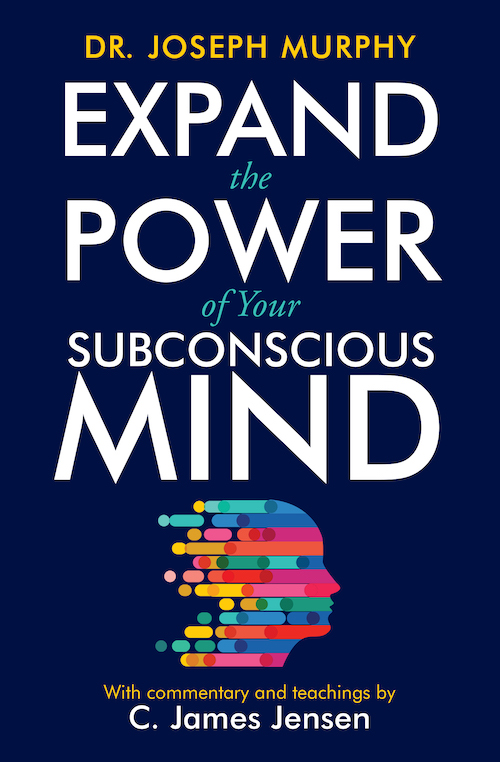It still amazes me that our educational system only barely describes the different areas of the mind, how they determine our quality of life, how we make decisions, and our level(s) of success—or lack thereof.
Most of us have been told that the conscious area of our mind does all our thinking, as well as the decisions we make. The subconscious handles all of our bodily functions. It digests our food, grows our hair and nails, breathes in and out, and knows to heal wounds, etc. These definitions are true, but they don’t tell you everything.
Let’s expand upon our understanding of the functionality of both the conscious and subconscious, and then let’s introduce the third area of the mind, the supraconscious, which is traditionally not taught in most of our educational systems.
The conscious area of the mind does all of our thinking, and it operates almost nonstop during our waking state. We “self-talk” to ourselves at the rate of 150-300 words per minute. As you are reading this article, you are simultaneously analyzing what you are reading, what you like or don’t like, where you are going to dinner tonight, what you’re travel plans might be tomorrow, and so on. Most of us have over 50,000 thoughts per day. What we are not fully aware of is how the quality of our thoughts largely determines the quality of our actions, for better or for worse.
Although the subconscious handles our bodily functions, it is also a servo-mechanism that works 24/7 to carry out the “instructions” (self-talk) given to it by the conscious area of our mind. It is totally and completely nonjudgmental and will work just as hard to affect a negative instruction as it will a positive instruction. If your self-talk is constantly saying, “I always get nervous when speaking to a large group of people,” or “I just can’t lose weight,” the subconscious says, “Got it, boss! We’ll make sure you screw up the next time you are giving a speech, and we will also make sure you don’t lose any weight!”
Growing up, I was never taught any of these ideas or concepts while in school. But at the young age of 29, I was blessed to have been invited to attend a 4-day seminar in which this information was provided to me. It greatly increased my own self-awareness and the value of only having positive thoughts, as well as the deliberate process of providing these positive thoughts (affirmations) to the subconscious area of my mind on a daily basis.
Now, let’s expand on the value of having clearly defined affirmations that we can create for ourselves every day. An affirmation is a statement of fact or belief, positive or negative, that tends to lead us toward the end result we expect. When you place an affirmation repeatedly into your subconscious, the direction takes ahold and starts affecting the outcome of intention.
Note: We don’t get that which we want, but rather that which we expect. Therefore, it is important to structure an affirmation as a combination of that which we want and expect.
An example might be an affirmation to lose some bodily weight. Let’s say I weigh 200 pounds, and my blood pressure has risen measurably. My physician tells me it would be very beneficial if I were to lose 25 pounds. I agree with that and make the decision to lose 25 pounds. I create an affirmation which states, “I look good and feel good at 175 pounds,” (again, first person, present tense). And, I can attest to this method, as I did lose 25 pounds using this exact example!
Here’s the bottom line: yes, the subconscious works on our behalf 24 hours a day carrying out the instructions given to it by the conscious area of the mind. But it can also accept the programing of affirmations for specific outcomes you wish to create. For a more detailed explanation, I urge you to read my book Expand the Power of Your Subconscious Mind.
Last but not least, let’s introduce the third area of the mind, the supraconscious. The supraconscious may be effectively used in the process of creative problem-solving. It may even be that we all share the same supraconscious.

We turn to the supraconscious when we have labored to find a solution to a problem working with the conscious and subconscious areas of the mind. A solution to what we are working on is most important to us, but we seem to be at a dead end in finding the solution. This is when we turn the problem over to the supraconscious. We then get our mind busy on other things, trusting that the supraconscious mind will find the solution we are seeking. Allowing faith and trust to take over is important. We don’t take the problem back at the conscious level, but instead, we trust the supraconscious will find the solution we are seeking. Often in a moment of leisure (and not dwelling on the problem), a solution comes to us out of thin air. This is an example of the supraconscious at work. And, it is a total solution.
When the supraconscious offers this solution, we usually say to ourselves, “Why didn’t I think of this?” It’s like a blinding flash of the obvious. But once you experience this and learn the process of accessing the supraconscious, you can truly begin to engage the third area of the mind, allowing life to be more abundant and fulfilling all aspects of life.
About the author
C. James “Jim” Jensen began his career as one of the top salespeople for the publishing company Encyclopedia Britannica. At the age of twenty-eight, he became senior vice president and CEO for one of its divisions, Great Books of the Western World. He went on to become president and CEO of two additional companies. Today Jim provides executive coaching and advisory services to emerging growth and mid-sized companies. His latest book, Expand the Power of Your Subconscious Mind, is published by Beyond Words Publishing and Atria Books. He is an active member of the World Presidents’ Organization, serves as a life director for the Institute of Noetic Sciences, and is a member of the board of directors as well as chairman of the executive committee of the board of Aspen Group, Inc. Jim and his wife, Jeri, live in Seattle, Washington.
For more on C. James Jensen and his work, visit https://cjamesjensen.com/.




